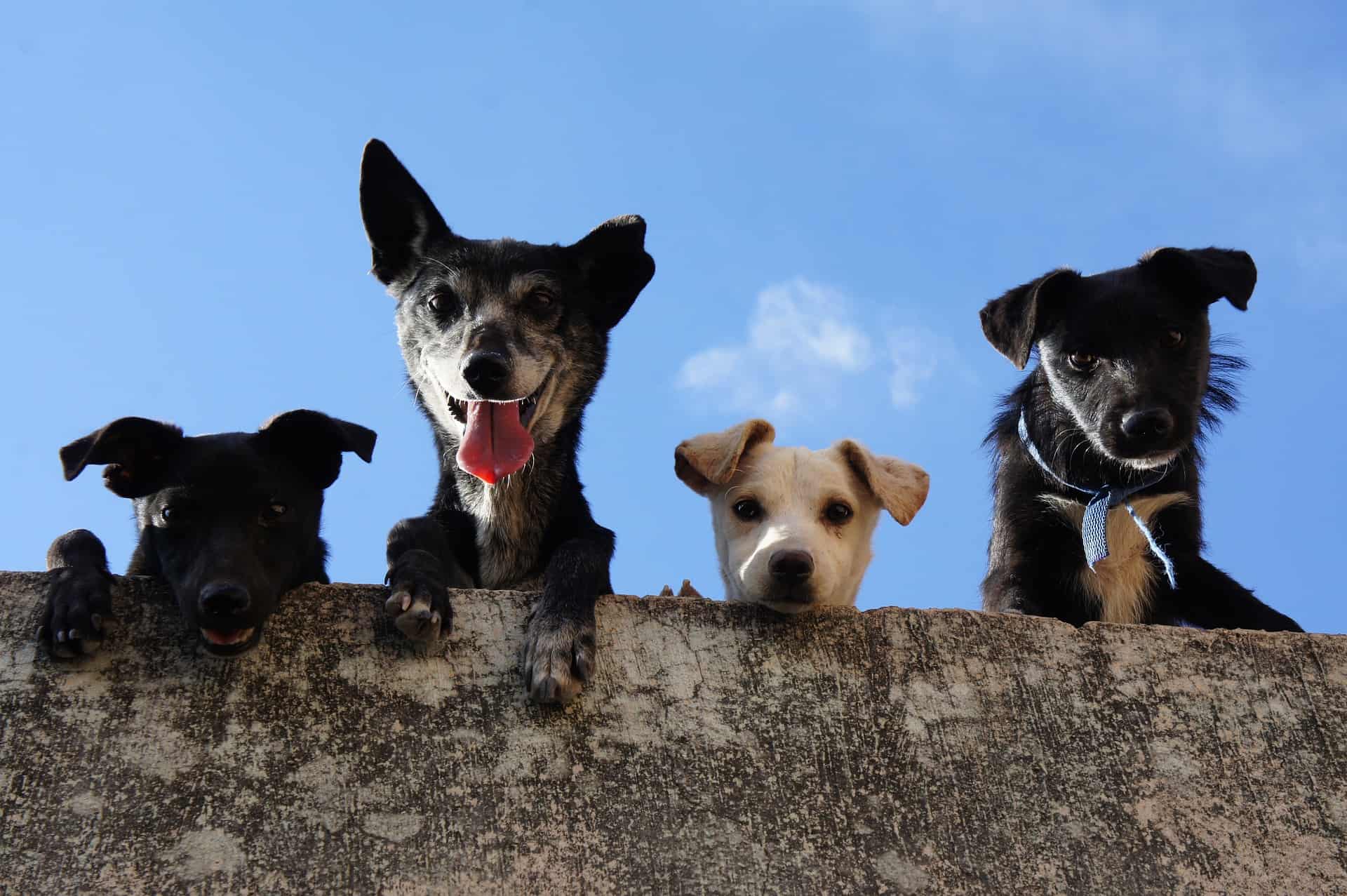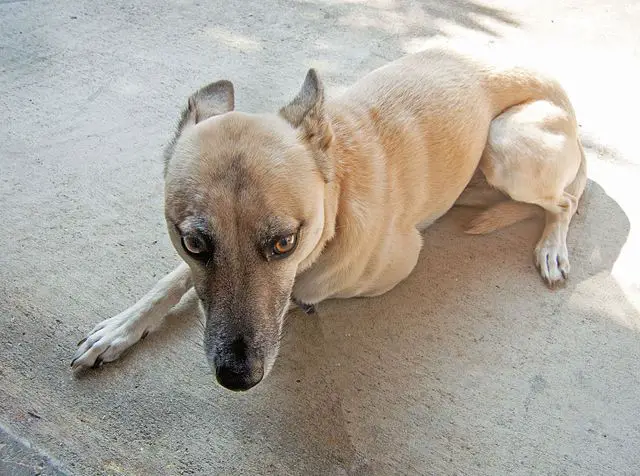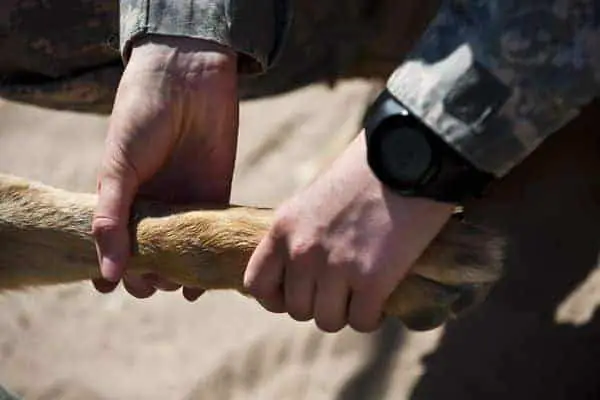Adopting a new pet from a rescue shelter is a wonderful endeavor. It takes special people to open up their hearts, adopt and care for a new furry companion. At the same time, bringing home a new dog is a big step and can be a somewhat stressful and challenging transition.
Bringing home an adopted dog is different than bringing home a young puppy with little to no experience around humans. Certain aspects of adopting a canine can help ensure a smooth transition for both you and your new pup.
Here are some excellent tips and advice to keep in mind when adopting a dog and to bring it to its new home. It is a good idea to know what to expect and be as prepared as possible.
Create a Safe, Quiet Space in Your Home
Your new dog will need to have basic dog supplies covered, such as a comfortable dog bed, food, bowls, a leash and collar, toys, and vet records. If you can carve out an area of your home that you can dedicate solely to the dog, the dog can make it its own space. This action will help your dog to minimize feelings of anxiety over a lot of space and keep to its own area, making it easier to settle in.
You also might want to consider keeping the area for your dog safe by dog-proofing it, primarily if you work and will be away, leaving the dog alone for periods. You can also take some of these extra essentials that you buy ahead of time, such as a toy or blanket, into the rescue shelter so your new dog can start to become familiar with it.
Fitting into the Lifestyle
It is an excellent idea to ensure that you understand your new dog’s needs and how they will fit into your lifestyle. Choose to adopt a dog that you know will transition well based on your average daily routines.
For instance, if you aren’t very active, you probably don’t want to adopt a dog that needs many exercises. Also, if you work long hours or travel for work often, you would not want a puppy since they would be very prone to experiencing separation anxiety. You would want a dog that a similar energy level to yourself.
You also might want to consider who else lives in the household, such as children or other pets. Adopting a dog requires ensuring that it will be safe and coexist with the other members and pets that may already be within the household. Before solidifying your adoption, come prepared to the shelter with these kinds of questions to find the best option for your dog adoption.
Dog Food Changes
Chances are, you may not want to keep your new dog’s diet on the same dog food that the shelter has been feeding it. That is okay, you as the new owner, have the authority to change it. There should be a transitional period in doing so, however.
Wait at least a week before introducing the new food to your dog, and mix the two foods for a bit before transitioning over entirely so that your dog has the opportunity to get used to it. Many dogs can experience upset stomachs just from being moved to a new location, but changing their food can also lead to digestion problems. The veterinarians at BondVet Veterinary Care advise you to closely watch your dog if experiencing forms of an upset stomach such as diarrhea or constipation and promptly contact your vet if you see these signs of illness.
Establish a Connection
Bonding with your new dog is a crucial step. Though you initially want to give your adopted dog the space to relax and feel comfortable in its new surroundings, you also want to be sure you are providing it with avid attention. Creating a routine that encourages interaction will help your new dog learn to rely on you and guide it to obey your rules.
Training Your Dog
Housetraining should be a top priority when bringing your new dog home. Many adoptable dogs that are older dogs may already be housebroken, which is fantastic. However, you might still see some accidents happening in the first few weeks due to anxiety or nervousness over being in a new place.
If you know that you want to teach your dog some new tricks or basic commands, start slowly with commands, and gradually work up to the more advanced tricks and training techniques as you go. Encourage and praise your dog often as well, as they will respond well and learn quickly.
Set Up A First Vet Visit
You should have a vet visit scheduled before you bring your new dog to your house so that your dog can also learn to establish a relationship with your veterinarian after getting it home. Ensure the shelter you adopt from provides you with updated health records to bring those along and keep your vet informed of any health concerns.
Adjustment Period
You must understand that sometimes dogs will behave differently at shelters than in their homes. The environment of a shelter can be very loud and cause dogs to become shy or respond aggressively out of fear. Once being brought to your home, there will be an adjustment period.
Please exercise patience; this transition could take longer than you anticipate. The goal is to uncover your new dog’s personality and let it become part of your family. It would help to stay consistent with your schedule so that your dog can adjust quickly to its new routine and knows when to expect certain things like feeding times, walking times, etc.
Providing your dog with a good amount of exercise and socialization is also helpful. You will not want to jump into having your dog do this right away. Still, eventually, you might want to incorporate trips to the dog park or having family and friends over for your dog to get used to other animals and humans that may be around from time to time.
Take time to introduce your dogs to these new things gradually. You should also not try to have anything significant going on when transitioning your adopted dog, such as substantial construction in the home or taking a big trip away (with or without the dog does not matter). This time of adjustment requires the least amount of stress and anxiety on your dog.
If you are having issues with the adjustment or feel that you need more help, do not be afraid to reach out and ask the experts. Calling the shelter to find out more information or looking to an adoption coordinator can help you find and allow your new, adopted dog to adjust. Soon you will have a wonderful time raising your happy, healthy dog.








